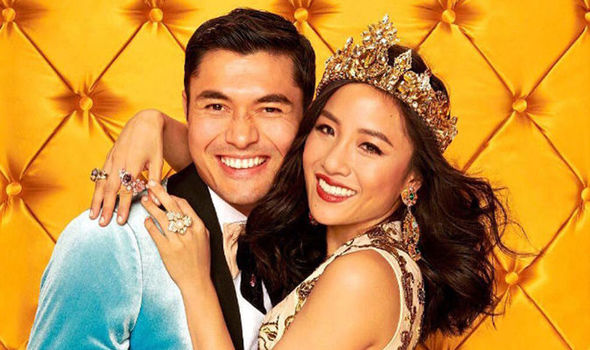The highly anticipated movie adaptation of Kevin Kwan’s book Crazy Rich Asians has garnered much attention in the months before its release on Aug. 15. It is currently dominating the box office, and with good reason.
At its surface, the film is not all too exciting: Rachel Chu (Constance Wu), a Chinese-American economics professor at New York University, is in a relationship with Nick Young (Henry Golding), one of Singapore’s most eligible bachelors. Unaware of his family’s riches and clout, she agrees to travel with him to Singapore for a family friend’s wedding. Upon arrival, Rachel is immediately thrust into an unfamiliar and hostile environment, complete with Nick’s intimidating mother, a number of vicious rivals and extravagant flaunting of money. While the movie remains a simple, mildly cliché romantic comedy, it is anything but run-of-the mill.
The film has been highly anticipated due to it being the first Hollywood movie in 25 years to feature an all-Asian cast. Despite its predictability, the sheer level of representation makes up for nearly every complaint one could make about the tired plot. Everything from the fun Chinese pop music, to the boujee outfits, to the bustling streets with all kinds of strange street food create a vivid picture of asian culture. The all-star cast, including hip-hop artist Awkwafina and American comedy staple Ken Jeong, Rachel’s desire to to be good enough for Nick’s disapproving mother and even the characters’ mannerisms resonated with me on a wavelength I did not know existed.
As an Asian-American myself, watching the stories of Asian people come to life in a major Hollywood film without exoticization and tokenization offered a viewing experience that felt pleasantly familiar, yet also entirely new. The movie does an outstanding job in telling a classic fish-out-of-water and love story while weaving in all of the cultural aspects that come with an all-Asian cast. While I definitely do not think it was particularly subversive or ground-breaking, it was a solid step forward in ridding Hollywood of predisposed stigma.
Despite all of the joy the film brought me, it does have one caveat: its pacing. There is simply too much story to be telling in a runtime of two hours. After following a snail’s pace up until Rachel’s fateful mahjong-playing scene, the movie suddenly switched gears and tried to reach the resolution as quickly as possible. While it was not sloppy per se, it certainly felt a little disappointing to see such a rushed ending.
Despite the pacing issues, the movie expertly navigates between interlocking stories of conflict, the weaving in of culture and other more cinema-specific details, such as cinematography, set design and acting.
4/5

